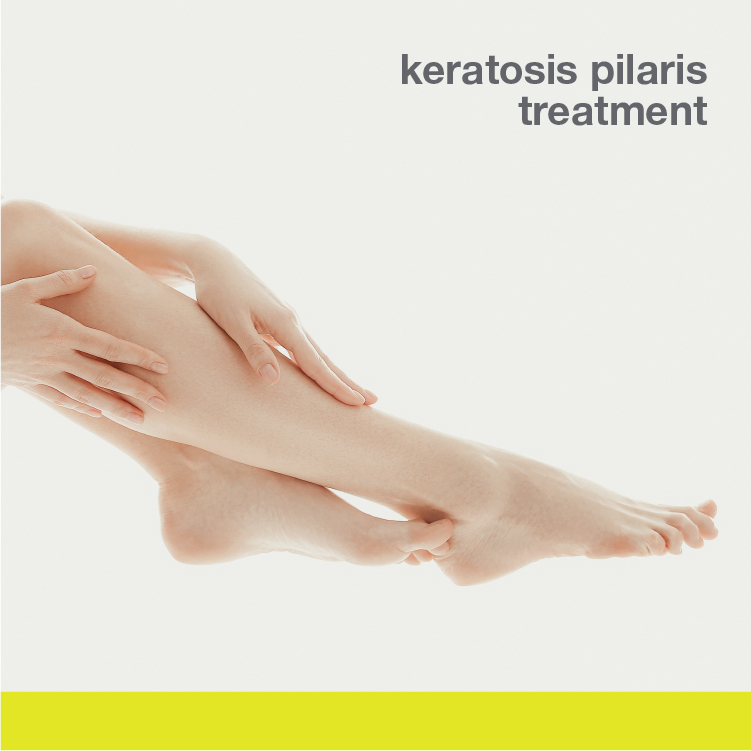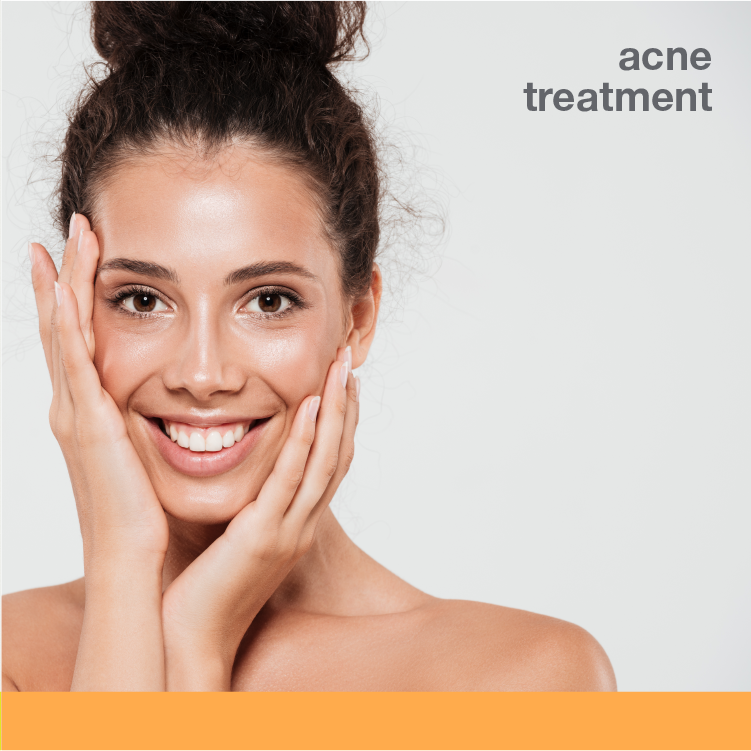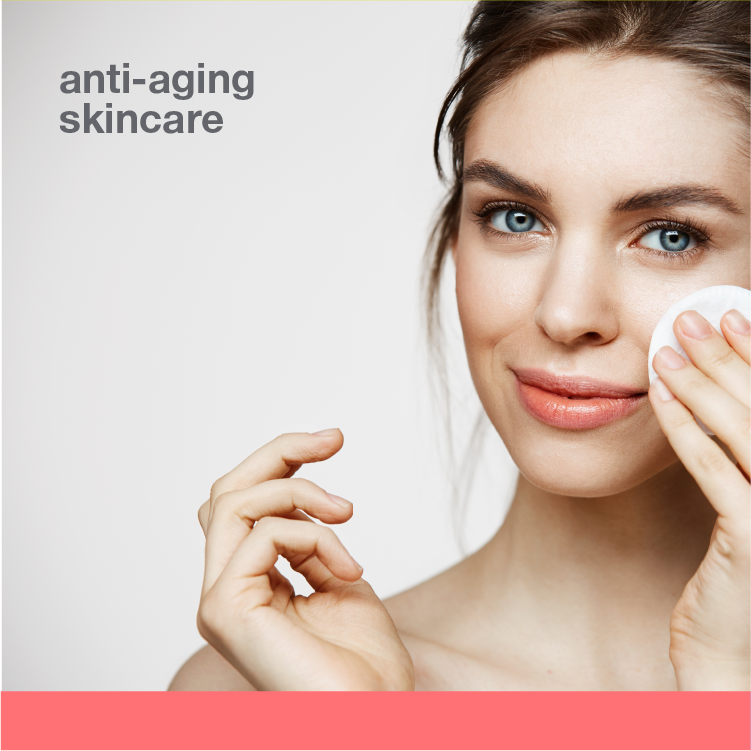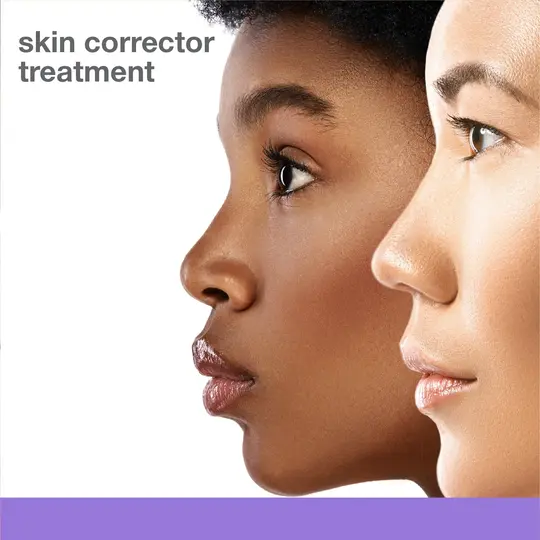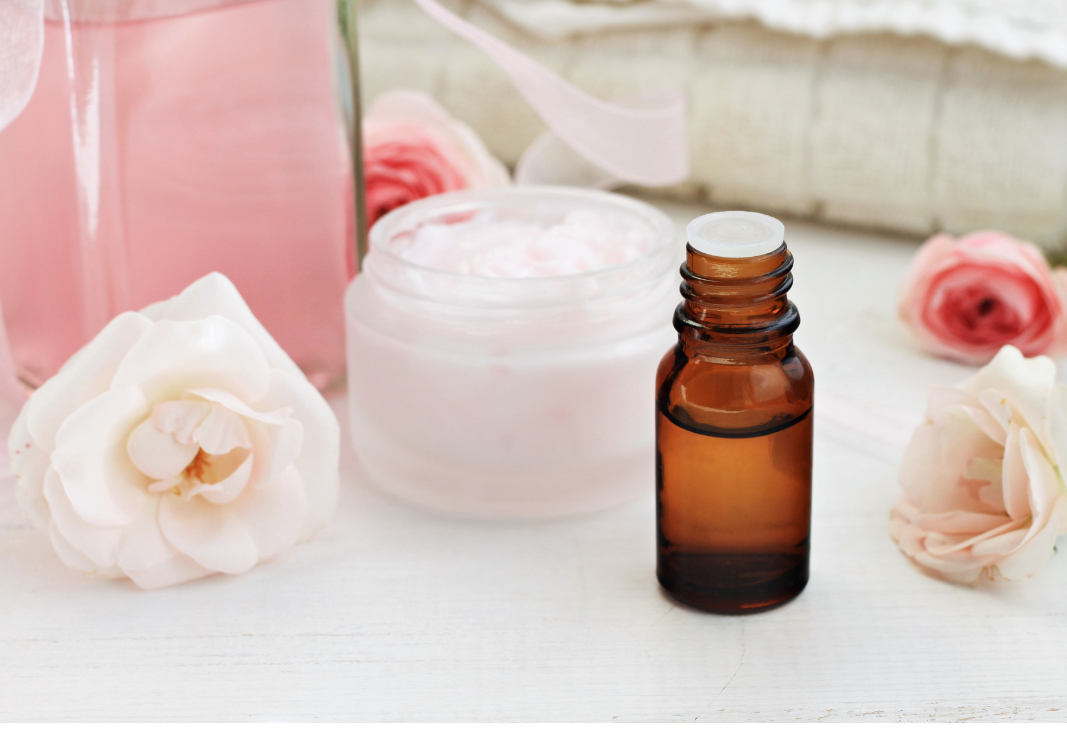
Your skin has a natural exfoliation cycle, which allows it to shed dead cells naturally. Over time, the shedding process slows down or may stop due to factors like excessive sun exposure and age. This can result in dry, flaky, and dull skin, leading to wrinkles, bumps, enlarged pores, and uneven skin tone. Fortunately, you can help your skin exfoliate the buildup gently to maintain a soft, beautiful, and hydrated appearance.
Wondering how?
Chemical exfoliants like AHA (alpha hydroxy acid) and BHA (beta hydroxy acid) can make a huge difference in the skin. Continue reading to learn more about this unique and effective exfoliant.
What are AHAs and BHAs
As mentioned above, AHA refers to alpha-hydroxy acid. It is a type of chemical acid scientists derives from milk, sugarcane, or fruit. The chemical exfoliant works by removing the dead skin cell from the skin's surface and revealing the layer of fresh cells underneath.
AHAs typically reduce the concentration of active calcium ions glued between the epidermis and skin cells. It allows dead skin cells to slough off.
Types of AHAs quality skincare products may include;
- Glycolic acid: It is the most common type of AHA, sourced from sugarcane. The strongest AHA is the simplest in structure and the smallest. It's small molecular weight means it's easy for it to penetrate the skin and hence super effective.
- Mandelic acid:The AHA is mild in terms of mechanism and comes from bitter almonds. It is typically weaker compared to lactic acid; it comes combined with stronger acids.
- Lactic acid: It is another common AHA sourced from milk. It is relatively a gentler substitute to glycolic acid and works best for sensitive skin.
- Malic acid: It is another mild AHA sourced from apples. It can't do much on its own; you can see its various combinations with strong AHAs.
- Citric acid: It is an AHA that comes from citrus fruits. It helps regulate pH and is a common strong preservative.
BHA refers to beta-hydroxy acid. The type of acid comes from willow tree bark or birch bark. BHAs are also chemical exfoliators. They can soften and liquefy keratin - a protein forming parts of the skin muscles and structure.
Once dissolved, the dead skin cells loosen their strength and easily slough off. BHAs can also work on the pores to regulate keratinization (shedding and cell turnover).
Types of BHAs in quality skin care products may include;
- Salicylic Acid:The common BHA is the strongest one. However, it has less irritating properties than glycolic acid because of its large molecule and anti-inflammatory properties.
- Betaine Salicylate: It is a BHA sourced from sugar beets. The gentler substitute for salicylic acid is very effective as an exfoliant.
- Salix Alba: It is a natural BHA that comes from plants. Although it has salicin content that makes it salicylic acid, it is comparatively weaker and can't give you comparable result for exfoliating
Summing Up
All in all, AHAs and BHAs in the skincare products like glycol acid creams and glycolic acid pads are excellent for brightening, exfoliating, and anti-aging. The powerful chemicals offer numerous benefits to your skin.
Sources

